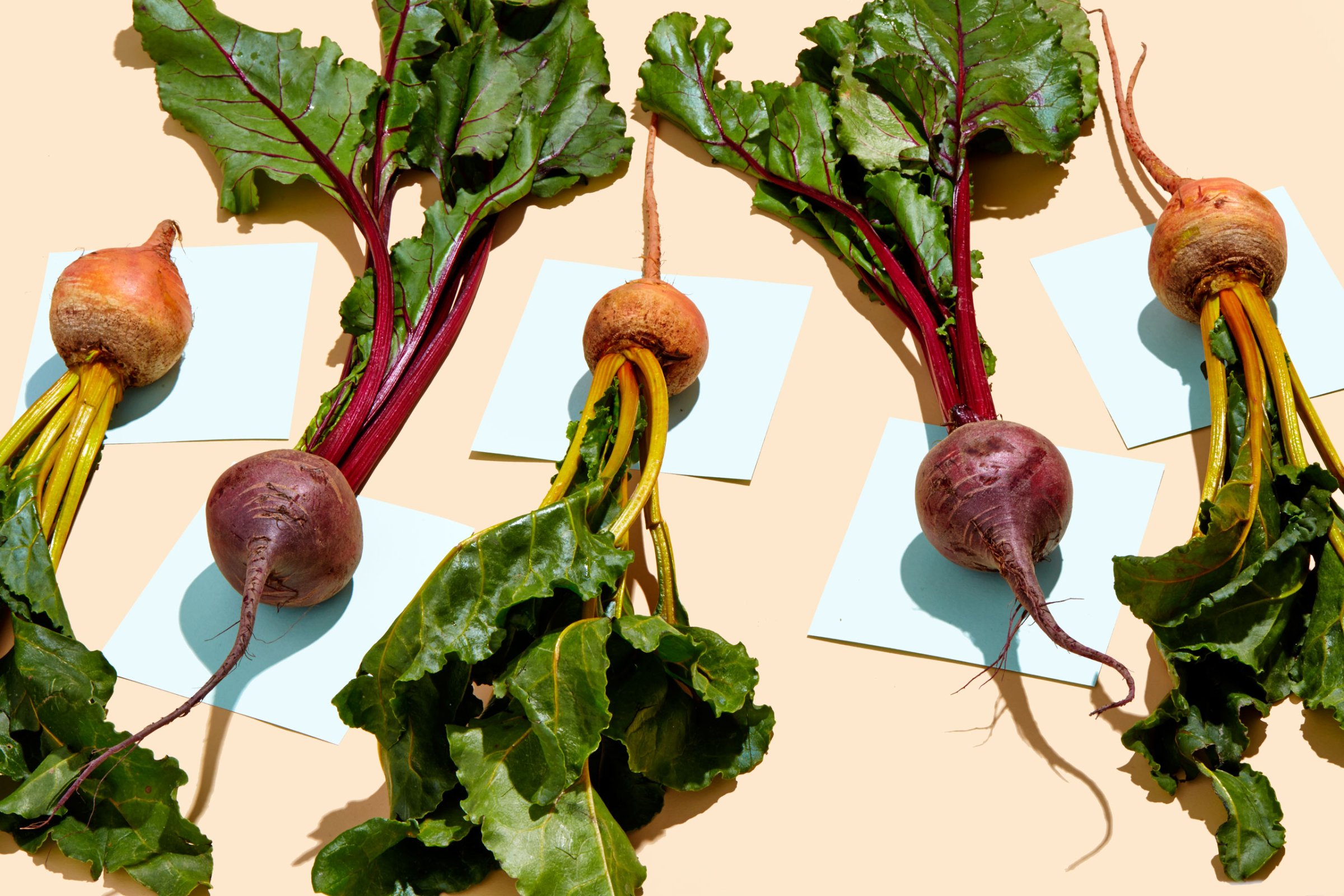
Vegan? High-fat? Gluten-free? So many of my clients complain about how difficult it is to keep up with what’s healthy these days, especially when it comes to buying anything packaged. Most aren’t sure what to look out for on nutrition labels, and are often surprised when I give the thumbs-down to a product they thought was a smart purchase.
To help with this struggle, I advise my clients to keep it simple when it comes to deciding if a product deserves a place in their grocery cart. Here’s my easy-to-remember three-step strategy for choosing and enjoying the best packaged foods.
Look at the ingredients first
In my opinion, the most important thing to look for is clean, whole-food ingredients. In other words, if a product’s ingredient list reads like a recipe you could make in your own kitchen, I consider it “homemade for you,” and generally a nutritious bet. Meanwhile, a product that is low in carbs, contains fewer calories, or more fiber—all things that many people equate with “healthy”—may actually be heavily processed and contain unwanted additives that serve no purpose in the body. So first and foremost, be sure to choose quality products based on ingredients, not marketing claims and numbers.
Health.com: The Best Things to Buy at Whole Foods, According to Expert Foodies
Categorize your foods
Once you’ve purchased a clean, nutritious product, figure out what food group it fits into. A bag of frozen broccoli florets, for example, counts as a veggie, while canned wild salmon as a protein, pre-made guacamole as a good fat, and frozen, pre-cooked quinoa as a starch. Once you know where a food fits, you’ll be able to build it into a healthy meal or snack. That’s important, because even if a food is very healthy, eating it in excess can interfere with energy, weight management, blood sugar regulation, and other health goals. I’ve had clients tell me they feel okay about eating an entire bag of popcorn in one sitting because it’s low in calories. But here’s what they didn’t realize: the calories are low per serving, but an entire bag of popcorn packs the carbs and fat of four slices of bread and nearly four tablespoons of oil.
Customize your portions
I don’t believe in counting calories or grams. Instead, I focus on simple meal-building strategies based on portions.
Nearly everyone should include veggies, lean protein, good fat, and wholesome carbs in their meals, but the amounts vary depending on height, age, sex, and physical activity level. A tall man needs larger portions than a petite woman, and a person who goes for a 5-mile run every day requires more food than someone who rarely works out.
Health.com: This is How Much Protein You Really Need to Eat in a Day
So let’s say you’ve purchased a healthy pasta, like buckwheat soba noodles, or penne made with brown rice or pulses. If you’re a petite or older woman who is going to be sitting in the hours after dinner, that pasta should be considered a meal accent, perhaps in a portion even smaller than the serving size stated on the package. A younger, taller man who is about to start the night shift of a physically demanding job, on the other hand, can afford to eat multiple pasta portions at dinner to meet his body’s greater energy demands. In a nutshell, this approach really comes down to balance and customization.
Next time you’re feeling overwhelmed at the grocery store, just remember to choose high quality, clean ingredient products, understand how they fit into your diet, and tailor your portions to your body’s needs. If you follow these three steps you don’t need to get caught up in comparing calorie counts, grams of carbs and fat, or percentages. And you won’t fall into the trap of overeating your healthy buys.
Cynthia Sass is a nutritionist and registered dietitian with master’s degrees in both nutrition science and public health. Frequently seen on national TV, she’s Health’s contributing nutrition editor, and privately counsels clients in New York, Los Angeles, and long distance. Cynthia is currently the sports nutrition consultant to the New York Yankees, previously consulted for three other professional sports teams, and is board certified as a specialist in sports dietetics. Sass is a three-time New York Times best-selling author, and her newest book is Slim Down Now: Shed Pounds and Inches with Real Food, Real Fast. Connect with her on Facebook, Twitter and Pinterest.
This article originally appeared on Health.com
More Must-Reads from TIME
- Donald Trump Is TIME's 2024 Person of the Year
- Why We Chose Trump as Person of the Year
- Is Intermittent Fasting Good or Bad for You?
- The 100 Must-Read Books of 2024
- The 20 Best Christmas TV Episodes
- Column: If Optimism Feels Ridiculous Now, Try Hope
- The Future of Climate Action Is Trade Policy
- Merle Bombardieri Is Helping People Make the Baby Decision
Contact us at letters@time.com